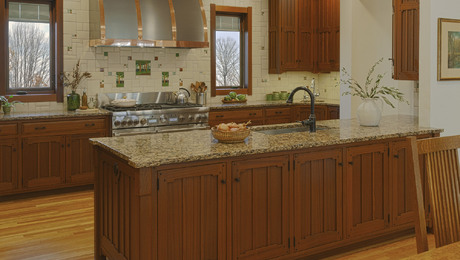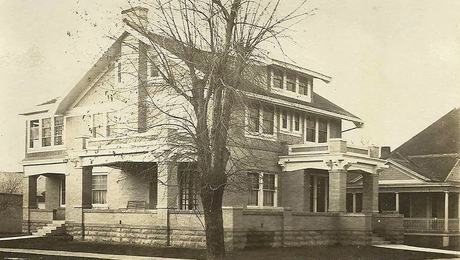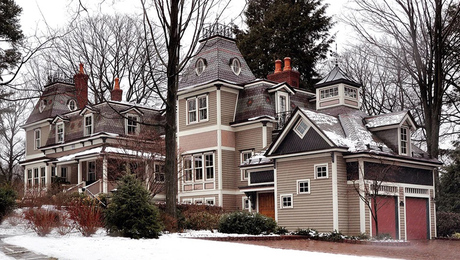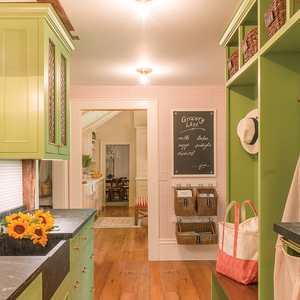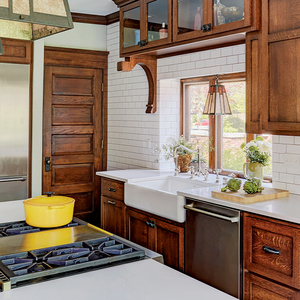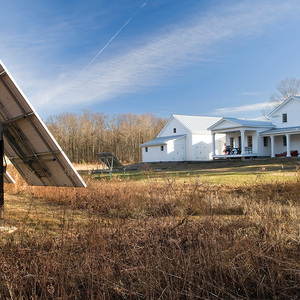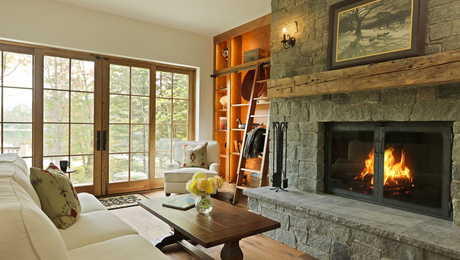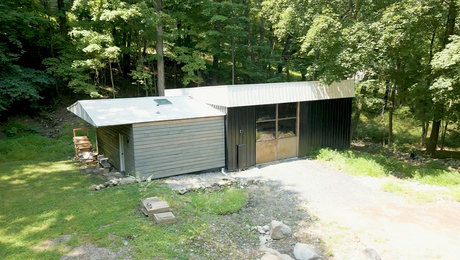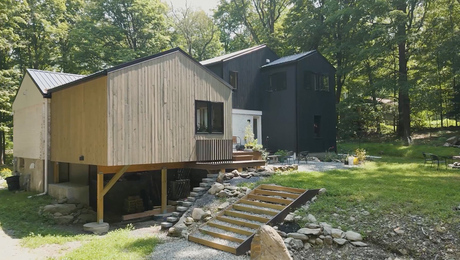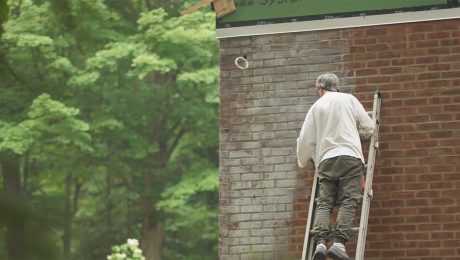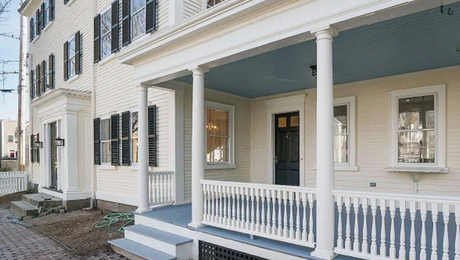How To Research Your Home’s Past
Discover five easy-to-find resources can lead you to a whole new understanding of your old house.
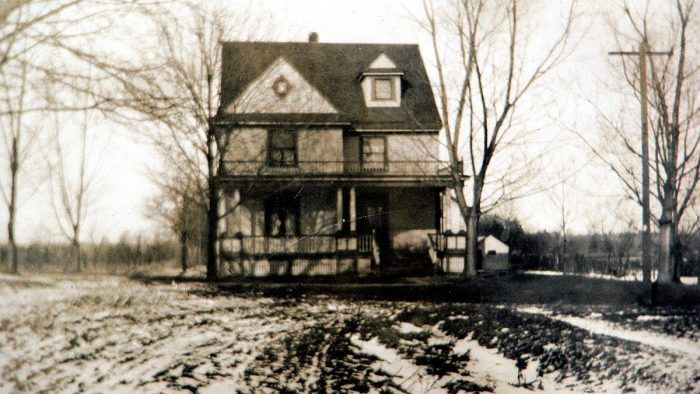
If you live in an old house, you’re dwelling within the pages of a mystery tale. See that grand oak staircase? Brides in their finery have swept down it, smiles on their lips, butterflies in their stomachs. Love that gorgeously carved mantle? It’s witnessed scores of holidays–many happy, perhaps a few sad.
That old chandelier in the foyer has shed its light on birthdays, breakups, homecomings, and wakes. And that spidery crack in the hallway’s stained-glass window—wouldn’t you love to know whether it landed there during a storm, a fistfight, or a child’s headfirst tumble?

These mysteries may seem obscure, but there’s no reason they need to remain so. The clues for unraveling the hidden past of your old house lie all around—close at hand and, for the most part, completely free. All you’ll need to invest is a little bit of time and energy—but don’t old-house owners have plenty of those resources on hand? With a bit of dogged detective work, you can track down the clues lurking in old documents to begin the process of uncovering the secrets of your old house.
The Basics
Before you can start unraveling mysteries, you’ll need a solid overview of your home’s life. Dig out your deed and title paperwork, which you received when you closed on your house. Jot down the name of the first owner, the year it was built, the year the original owner sold it, and the names of the owners since then, as well as the years they bought and sold the property. (This list of names will come in handy in subsequent steps, so hang onto it.) This task might seem tedious, but you’re building a timeline for your house—a foundation for further research.
As you do this, keep an eye out for any irregularities, because each one is a clue that could turn into a profitable lead. Did a certain family own the home for a long time? Did one owner buy and sell in quick succession? Did a woman own it, in an era when this wasn’t common?
A friend who owns an 1860s-era house in a rural village read her title closely and noticed that two spinster sisters co-owned the home in the 1930s. Intrigued, she researched their backgrounds and found out they were trained nurses who operated the house as a community hospital. Be alert for such odd bits of information—then follow your hunches!
| Insider’s Tip: Don’t be confused if some information about your home’s owners seems contradictory; census-takers in the 1800s had varying levels of education, so sometimes ages can be off and birthplaces incorrect. Remember the researcher’s golden rule: Find a second source to verify what you think you already know. |
Old Government Records
Don’t be intimidated by archival records. They might seem dusty and dispiriting, but they can be easy to use and rewarding—it’s just a matter of getting comfortable with them. Census records dating back to the year your house was built are likely available in your area; call your largest local public library or a nearby university library and ask if they offer these records.
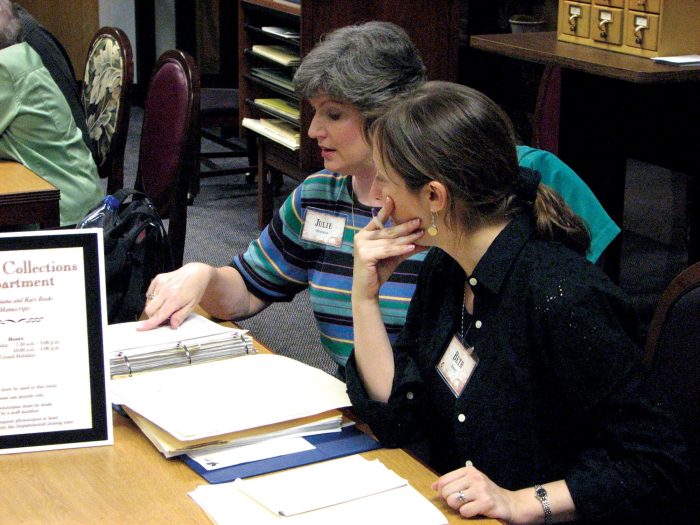
Your county historical society or museum can be another repository for these documents. Make the trip to review census rosters from the year closest to the one your house was built, and you’ll find some important details that will make your home’s past spring to life. Census data from the 1800s and early 1900s includes such illuminating information as the names of all those living in a household at the time, their ages, occupations, places of birth, and sometimes more.
Some census data also is available for free on the U.S. Census web site (census.gov), so you can start there as well; fee-based services like Ancestry.com also offer pdf documents of census records to members, but you have to pay to subscribe. For most people, a trip to the nearest library—where free access and help in looking will be available—is likely the best bet.
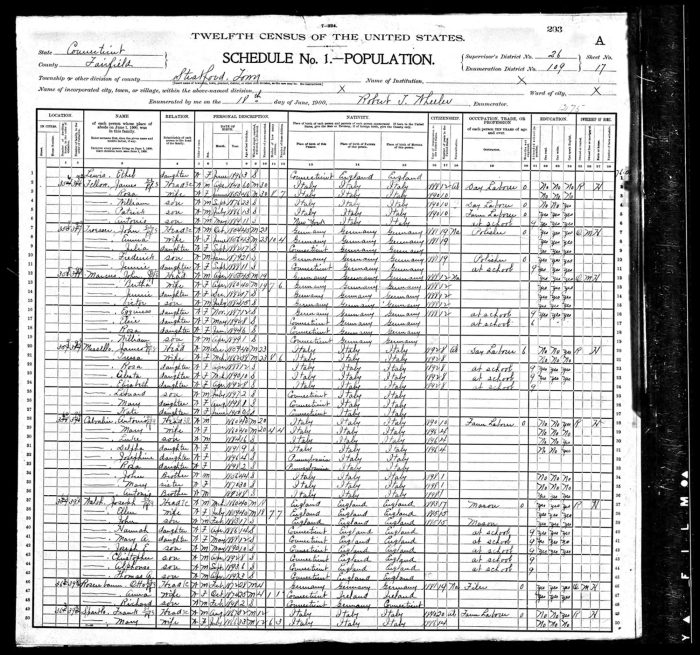
| Insider’s Tip: Lawyers and title-company employees are experts at decoding tricky language on deed and title paperwork—even antique words and phrases that have fallen out of use. Ask a friend in one of these professions for help wading through the legalese on your documents. (In our area, the Angola Historic Homes Association brought in a title-company expert to help members decode complicated terminology at an evening workshop; if you belong to a home association, a similar presentation might be worth considering.) |
The Internet
Once you’ve prepared a comprehensive list of your home’s past occupants and read up on their backgrounds through census records, you’re ready for a fun (if unpredictable) next step: Log on to the Internet and start hunting. Using Google or other search engines, dig up any information you can find about the families who lived in your home, as well as the surrounding streets, neighborhoods, and landmarks.
Visit genealogy web sites to research prior owners as if they were your own relatives—put questions out on message boards, and ask for help. Don’t neglect cemetery web sites, which can offer ways to search for hard-to-find details about the people buried in them (such as maiden names and causes of death).
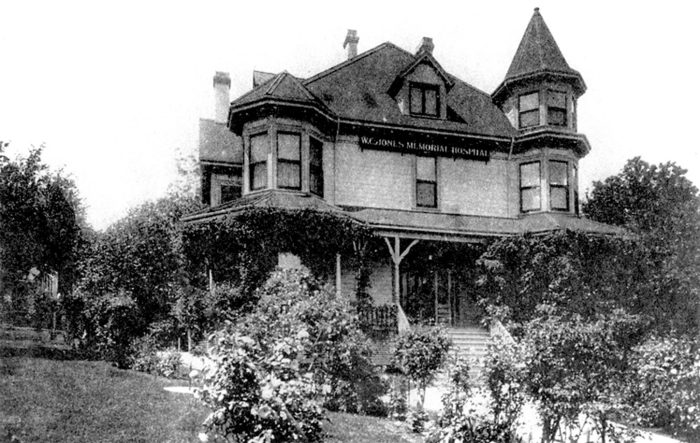
You also can tap into eBay or similar online auction and memorabilia sites to look for items and records that might open up further realms of information. This can be chancy, but lots of fun. While researching our 1898 folk Shingle Victorian, for example, we knew from census records that its builder, Frank F. Watt, had been a railroad conductor.
Once we learned through genealogical research that he was employed by the Lake Shore & Michigan Southern Railway, we scoured eBay and found a company directory from 1900. Taking the chance—and risking a few bucks—we ordered it.
When the hefty, 500-page volume arrived, we were elated to find a glossy photograph of our home’s builder inside! That portrait now hangs in our foyer. Follow any leads you find, because when it comes to online treasure-hunting, you never know where they might take you.
| Insider’s Tip: If you know any avid genealogists, ask them for help; they know lots of techniques for finding accurate data about people of past generations. |
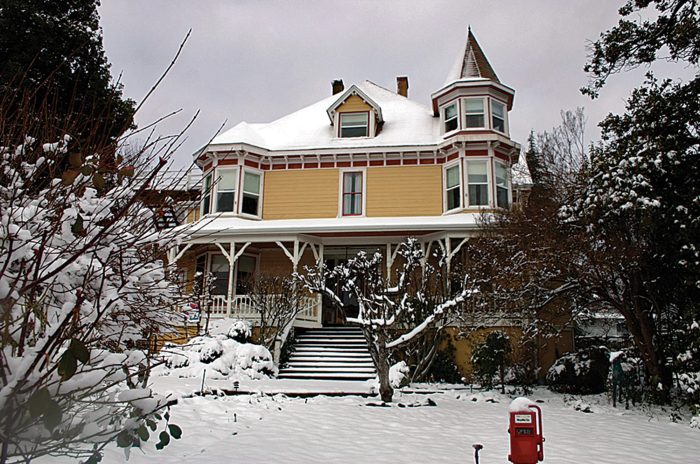
Vintage Magazines and Newspapers
Unearthing names and dates is a great start, but if you want to deepen your research and provide priceless color and emotion to your home’s history, you need to find the details of your house’s unique narrative. The key to this is simple: periodical research.
Try your local library for old newspapers from your town, from around the time your house was built. (If they don’t have them, they’ll know where you can find some.) You might luck out and get a stack of dry old back issues handed to you; more likely, you’ll have to scroll through rolls of microfilm. But the results will be worth it: Nowhere else will you find the kind of detail and description you’ll encounter in old newspapers and magazines.
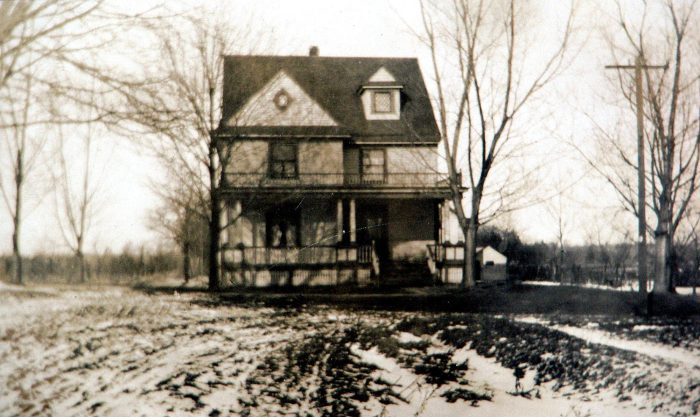
Back in the day, local papers covered social news of all kinds—dinner parties, haying trips, visits from out-of-town relatives—in addition to chronicling everything from world events to weather. They often covered construction of new homes, and may offer you information on where the builders got the materials used to build your house, why they made certain design decisions, and more. (Reading old papers from 1898 on microfilm, we learned that our home’s builder spent five months overseeing construction of our house, and that its capacious cellar, with 2′-thick foundation walls, was marveled at by locals at the time.)
Read through newspapers from the year your house was built and then for a few years afterward, and you’ll get a real sense of the one-of-a-kind setting and historical moment in which it was born. Keep notes on everything you find that mentions your house and its occupants—you don’t want to have to go through this much microfilm ever again. (Trust me.)
| Insider’s Tip: As you read, look for motivations and connections. When we read old newspapers from our tiny railroad village from the early 1900s and saw accounts of the long, severe illness that struck our home’s builder soon after he finished our house, we began to understand what his family must have gone through when he died in 1904 and they sold the place soon after. |

Local History
If you don’t already know your town’s historian on a first-name basis, you need to. Local historical societies and museums are a great source of information for old-house researchers. You might unearth old photo albums, vintage diaries, programs from local events, old newspaper clippings and obituaries, or booklets published on centennials and other municipal anniversaries, all of which can be a rich source of pictures, facts, and anecdotes about your property and its owners.
Warning
You’ll need patience for this phase of your research. After years of fruitless searching for an antique photograph of my home—all avenues proving to be frustrating dead ends—I finally found not one, but two old pictures of our 1898 house (dating to 1911 and the 1920s, it appears) on the very same evening while rustling through an old box of unlabeled, unsorted photographs at our local historical society. It was a eureka moment—the sort that makes the often-tedious process of researching a house’s history totally worth it in the end.
— Written by Charity Vogel, Ph.D; a newspaper columnist, university instructor, and public speaker in Buffalo, NY.
RELATED STORIES
